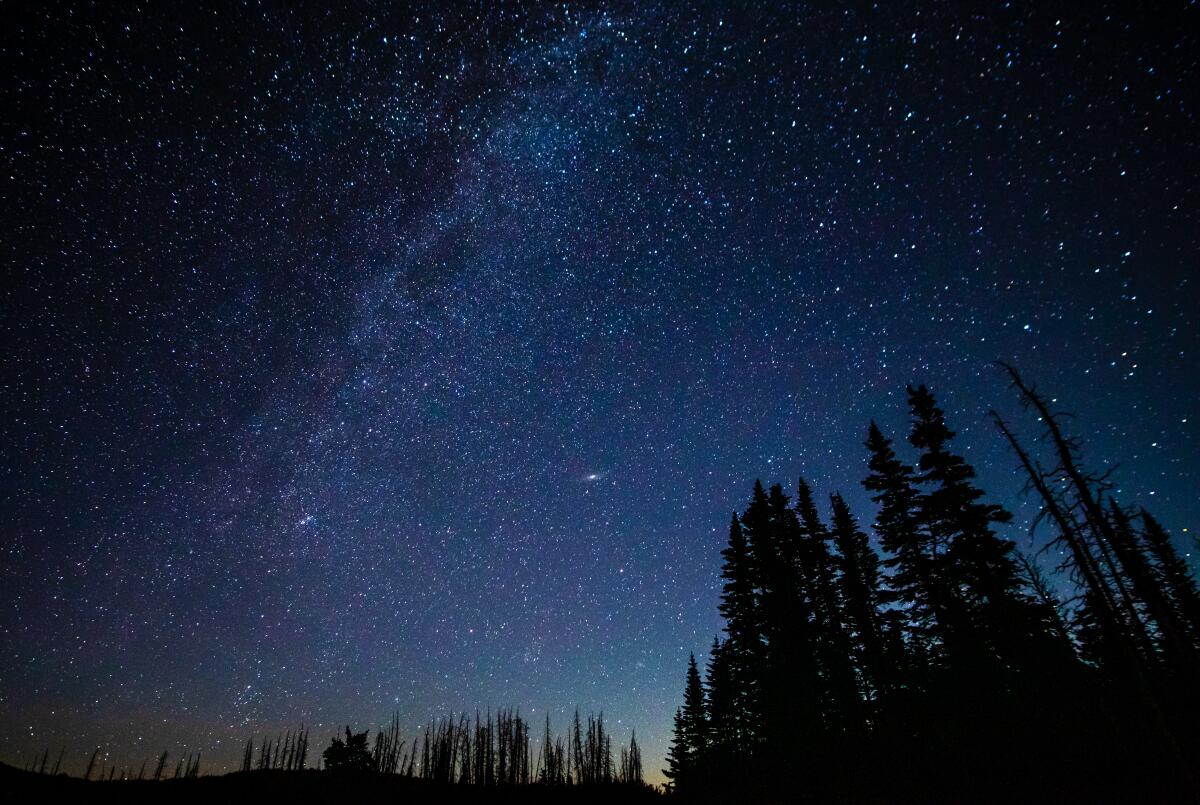What you can do to reduce light pollution

- Share via
As the old saying goes, many hands can make light work. They can also work together to make light vanish.
Urban light pollution is a large-scale issue, but individual households can help their communities turn down the lumens while still ensuring safety.
The move to more energy-efficient lighting has had an unintended result: more light escaping into the night sky and causing light pollution even hundreds of miles away.
Nancy Clanton, chief executive of the lighting engineering firm Clanton & Associates in Boulder, Colo., is passionate about sustainable illumination. She’s a member of the International Dark-Sky Assn.’s technical committee, and she offered this advice to reduce light pollution in your neighborhood:
Install time and motion sensors
The best way to reduce light pollution is to turn lights off completely when they’re not needed. This will also save money on your energy bill.
Motion sensors are a great way of controlling lights so they only turn on when there’s action nearby. Going to sleep? Set a nightly timer. The birds and your neighbors will both appreciate it.
Use dimmable light bulbs
Dimmable light bulbs have switches that control the intensity of the light they emit. That way, you can use them at their brightest setting only when necessary.
Make sure your dimmer switch and bulb are compatible to avoid flickering, which can be a nuisance to humans and animals alike.
Choose warmer colors
Light bulbs with warmer or yellower tones are more suited to our circadian rhythm than bluer light — that’s why the “night” mode on your smartphone uses them.
The tone is measured by the color temperature of a lamp. Avoid bright and blue “daylight” tones that have temperatures exceeding 6000 degrees Kelvin. Instead, choose bulbs with temperatures lower than 3000 K.
Shield all external lights
A safety light by the door does not need to illuminate a tree. Install a proper shield that blocks any light escaping skyward and redirects the beam entirely toward the ground.
Shielding also allows using lamps that consume less power to provide the same amount of light where it is needed.






